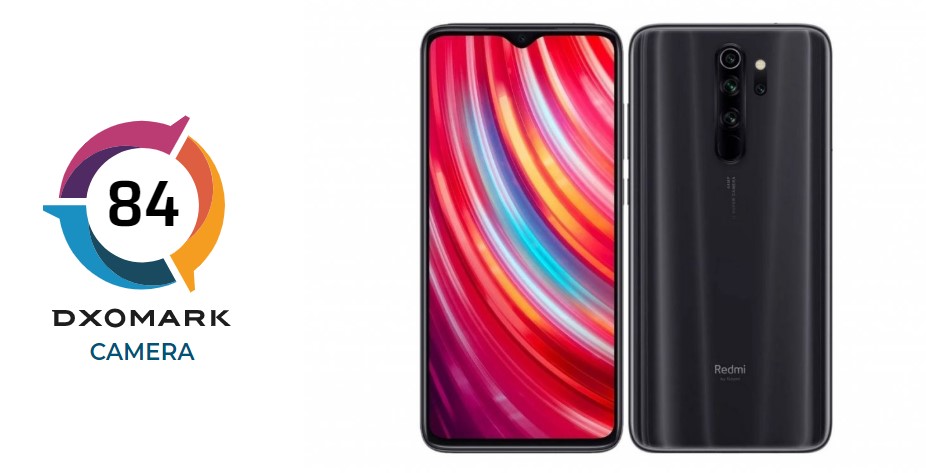Xiaomi devices are one of the most promising competitors in the smartphone market when it comes to the price to specifications ratio. The OEM offers pretty good specifications, features, nice design, and more. But not all the time, the price to specifications ratio will come in handy when it comes to the performance. It can be processor, RAM, storage read/write speed, storage space, cameras, etc. The Xiaomi Redmi Note 8 Pro came with a 64MP quad rear camera setup in 2019. Still, the device camera lacks somewhere in terms of the clarity, exposure level, night mode, bokeh effect, and more. The Xiaomi Redmi Note 8 Pro gets 84 points on DxOMark which is quite low.
Talking about the device camera specifications, the handset has a 64+8+2+2MP rear cameras along with PDAF, HDR, Panorama, etc. The primary 64MP is a wide-angle lens (f/1.9), an 8MP is an ultrawide lens (f/2.2), a 2MP depth sensor (f/2.4), and a 2MP dedicated macro camera (f/2.4). It features 2160p@30fps, 1080p@30/60/120fps, 720p@960fps of video recording with gyro-EIS support.
On the front, the device has a single 20MP selfie shooter with AI Portrait, HDR, Panorama mode, and supports 1080p@30fps video recording. According to the listing, the score is low enough then the DxOMark score of Poco F1 (91 points).

According to the DxOMark result, there are some of the cons that could be improved in both the photo and video mode. Redmi Note 8 Pro gets 84 points on DxOMark according to the huge amount of photo and video testing for hours. We can expect or assume the quality of each and every device camera with the help of DxOMark testing.
Cons: Photo
- Limited dynamic range and highlight clipping
- Lack of detail and artifacts in zoom shots
- Hue shift, ringing, and corner softness artifacts
- Lack of fine detail in indoor shots
- Lack of detail and dynamic range
- Slow autofocus response times
Cons: Video
- Limited dynamic range
- Exposure oscillations in outdoor and indoor clips
- Noise in all conditions
- Orange white balance cast in indoor footage
- Autofocus tracking issues in low light
Source: DxOMark